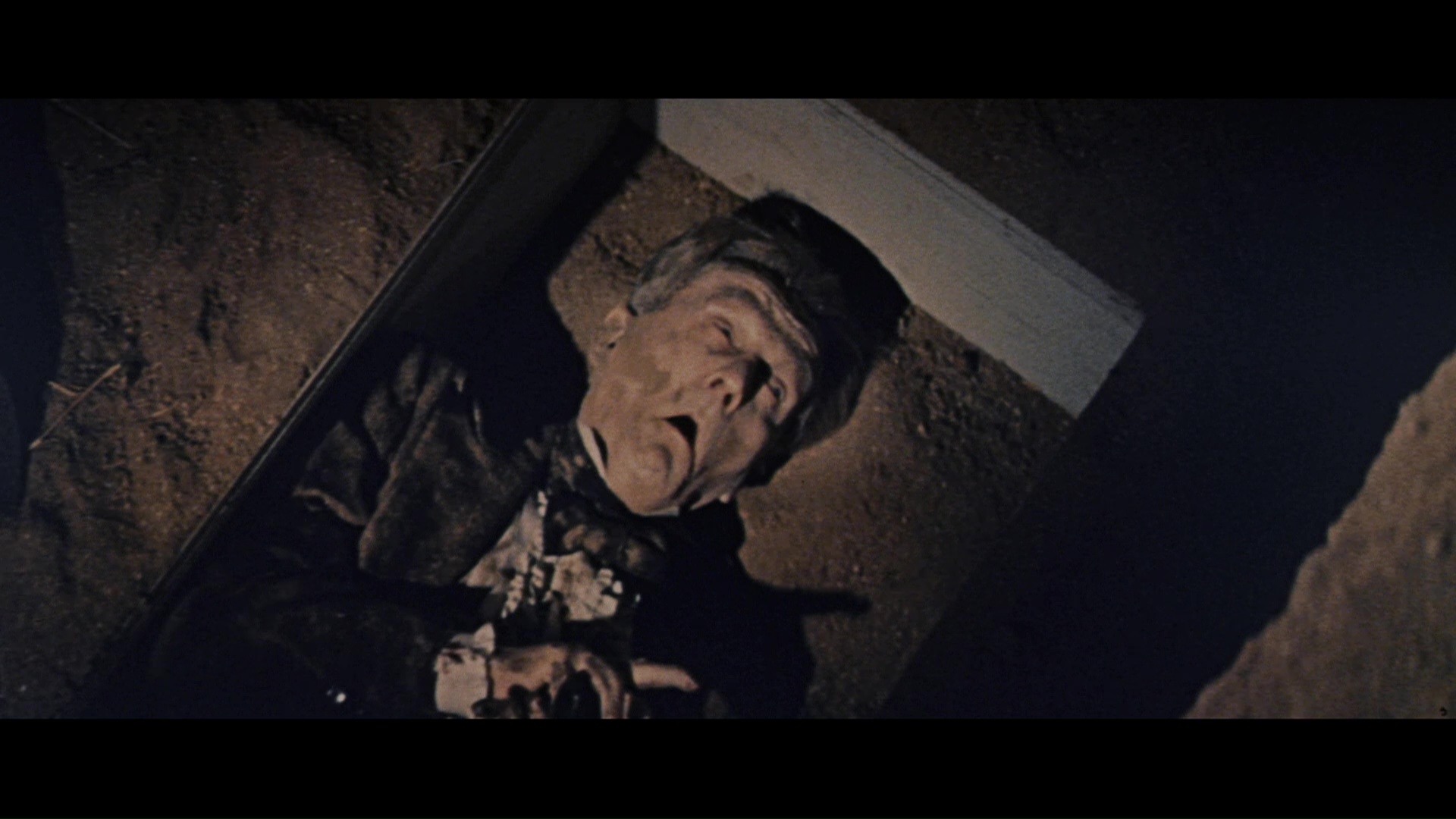Copyright 2020 by Gary L. Pullman
According to his website,
Lawrence Block started his writing career writing “midcentury
erotica,” but is better known for his Matthew Scudder novel series
and short stories. A Grand Master of Mystery Writers of America (MWA)
and a former president of MWA, he has written other series of novels,
some under various pen names, several non-fiction books; has
contributed to several screenplays; has seen a number of his novels
adapted to film; and maintains an occasional blog.
In his short story “Catch
and Release” (Stories: All New Tales,
edited by Neil Gaiman and Al Sarrantonio), Block's metaphor,
comparing fishing to killing, unifies the story's action, allowing
the author, at the same time, to characterize his nameless
first-person protagonist as a philosophical, if psychotic, serial
killer.
The
narrative's opening paragraph lays out the protagonist's modus
operandi. A fisherman, he subscribes to the practice identified by
the catchphrase “catch and release”:
When
you spent enough time fishing, you got so you knew the waters. You
had certain spots that had worked for you over the years, and you
went to them at certain times of the day in certain seasons of the
year. You chose the tackle appropriate to the circumstances, picked
the right bait or lure, and tried your luck.
If
they weren't biting, you moved on. Picked another spot (168).
Throughout
the rest of the story, the fisherman employs this strategy. In terms
of Block's metaphor, the fisherman (protagonist) is the serial
killer; the “sport” of fishing is the killing; and the fish are
the vulnerable young women for whom he fishes. The metaphor is
extended by the narrator's exposition and dialogue and by Block's
descriptions.
For
example, the protagonist entertains violent fantasies after he
catches (gives a ride) to a female hitchhiker whom he releases (lets
her depart from his vehicle alive and well):
.
. . he gave himself over to the fantasy she inspired. A lonely road.
A piece of tape across her mouth. A struggle ending with her arms
broken.
Stripping
her. Piercing each of her openings in turn. Giving her physical pain
to keep her terror company.
And
finishing her with a knife. No, with his hands, strangling her. No,
better yet, with his forearm across her throat, and his weight
pushing down, throttling her (172).
Like
the fisherman in the story's opening paragraph, the narrator also
moves from location to location, visiting “certain spots that
worked . . . over the years.” he cruises the interstate, selecting
his prey as he seeks to catch “a girl all by herself” (178). Like
“the true fisherman,” he is content to “fish all night and
catch nothing” while he reminisces about previous fish he's landed
(179).
His
identification with the ideal fisherman extends to his description of
a woman he sees in a roadhouse, as he describes “her full-lipped
mouth” and explains how he “closed the distance between them,”
as if he were reeling in a fish (173).
Alternating
between talk of fishing and his stalking of young women keeps the
story's metaphor alive. For example, in recalling a previous murder
victim, he compares her murder to the gaffing, or impaling or clubbing, of a fish:
.
. . He'd pulled up behind her just as she was about to put her
groceries into the trunk of her car, and hopped out and offered his
help. She smiled, and was about to thank him, but she never had the
chance. He had a flashlight in one hand . . . and he took her by the
shoulder ans swung hr around and hit her hard on the back of the
head. He caught her as she fell, eased her down gently (178).
Concerning
the gaffing of a fish, the narrator explains,
.
. . Most people, they think of fishing and they somehow manage not to
think about killing. They seem to think the fish comes out of the
water, gulps for air a couple of times, and then obligingly gives up
the ghost. Maybe he flops around a little at first, but that's all
there is to it. But, see, it;s not like that. A fish can live longer
out of water than you'd think. What you have to do, you gaff it. Hit
it in the head with a club. It's quick and easy, but you can't get
around the fact that you're killing it (179).
Although
the woman he clubs in the head with his flashlight does not die from
the blow (she's rendered unconscious, instead), he later kills her,
after terrorizing and raping her. In fact, his telling her about the
gaffing of the fish is part of the way he terrorizes her, before he
mentions “the other unpleasant chores” that result from the
killing of a fish, “the gutting, the scaling, the disposal of
offal” (179). He stops talking only so that she can reflect upon
the terrible things he's told her, “letting her figure out what to
make of it” (179).
As
the protagonist points out, for him, “fishing is not just a
metaphor” (174). he is a fisherman; fishing is part of his life and
the means of his livelihood (he sells fishing lures through a
mail-order service) ((171-172).
Fishing
is also something akin to a religion for him, a source of moral
precepts and guidance for living. Instead of the Bible, he reads (and
rereads) Izaak Walton's The Compleat Angler
and is familiar with Stephen Leacock's comment that “angling was
the name given to fishing by people who couldn't fish” (177). Again
and again, he repeats, “I am a fisherman.”
The
act of fishing (capturing and killing young women) defines him: he is
one who captures and kills, a serial killer. Even after he decides to
“catch and release” women, he continues, occasionally, to kill
his captives rather than releasing them. He remains, at the end of
the story, what he was at the beginning of the tale: a fisherman,
which is to say, a serial killer.
In
the murder of a woman he encounters at a supermarket, the narrator
describes himself as he appears to see himself (although his
description, the reader sees, is not entirely accurate): he tells her
that he is a “catch-and-release fisherman,” who enjoys fishing:
“It does something for me that nothing else has ever done. Call it
a sport or a pastime, as you prefer, but it's what I do and what I've
always done” (178).
A
narcissist who believes that women are no better than fish and can be
used to satisfy his need to dominate, control, and decide their fate,
as if killing is as much a “sport”—and as much a justified,
morally correct “pastime”—as fishing, he captures and kills
them with as much abandon as “most people” who “think of
fishing” without associating it with “killing.”
In
fact, the narrator derives his moral principles from the sport, an
action that in itself suggests his madness:
.
. . He had hooked and landed three trout. Each had put up a good
fight, and as he released them he might have observed that they'd
earned their freedom, that each deserved another chance at life.
But
what did that mean, really? Could a fish be said to earn or deserve
anything? Could anyone? And did a desperate effort to remain alive
somehow entitle one to live?
Consider
the humble flounder. He was a saltwater fish, a bottom fish, and when
you hooked him he rarely did much more than flop around a little
while you reeled him in. Dis this make him the trout's moral
inferior? Did he have less right to live because of his genetically
prescribed behavior? (175)
In
his reflections, the protagonist moves from a fish to “anyone,”
including, it seems, human beings or, more specifically, the young
women for whom he routinely fishes. In conversing with the first
young woman, the hitchhiker, whom the reader observes him to hook, or
pick up, he tells her, “When [he releases them, and] they swim away
. . . I get the sense that they're glad to be alive. But I may just
be trying to put myself in their position. I can't really know what
it's like for them” (170). He also wonders whether “they learn
anything from the experience” of having been caught and struggles
to free themselves and save their lives: “Are they warier the next
time around?” When she replies, “I guess they're just fish,” he
agrees: “I guess they are” (170).
These
two passages, juxtaposed to one another, show that the narrator
believes that the same moral principles, if any, that apply to fish
also apply to his human victims. When it comes to morality, one
precept fits all, regardless of species. If fish are undeserving of
mercy, if they are undeserving of life, despite their valor, so,
also, are young women. At least, that is true as far as anyone can
know, because, to assume otherwise, requires a projection of one's
own subjectivity upon creatures of the natural world. Whether fish or
woman, the narrator says “I can't really know what it's like for
them.” His inability to empathize aids his dehumanization of women.
Although
the narrator may be right in asserting that we must presume that each
of us must assume that others, like ourselves, are self-conscious
entities capable of thought and emotion and belief and other
subjective powers and processes and that we can, therefore, to some
extent, at least “know what it's like for them,” he commits the
fallacy of moral equivalency when he equates the value of a fish with
that of a woman. A fish and a human being are not essentially the
same, and there is no reason to value them equally. The comparison of
them as equals is false and shows that the protagonist's thinking is
deranged.
What
type of “fish” captures the protagonist's attention, readers
wonder (because the protagonist himself suggests this very question.
While shopping at a grocery store, “he hadn't been looking for
her,” or anyone else, but “then he looked up and there she was”
(177). Although she is beautiful, he admits, “it wasn't her beauty
he found himself responding to” (177). What was it, then, the
reader wonders, that caught his eye?
Like
the other young women whom he does not “catch and release,” she
is killed by him. Perhaps, then, by recalling the other women he has
killed already, we can glean the source of his attraction to this
woman. One woman he recalls killing had passed out from drinking too
many gandy dancers. Unable to terrorize her by suggesting his
intentions to her before committing the outrages against her, “he
let himself imagine that she was dead, and took her that way,”
before breaking her neck (174). What seems to have excited him was
her helplessness.
However,
in considering the “many” women he's killed, the narrator states
that “little of what he did ran to pattern” (175). In fact, he
admits, “if anything, he'd deliberately sought variety, not for
precautionary reasons but because it was indeed the spice of life—or
death, if you prefer” (175-176).
Unlike
many other serial killers, he does not take “trophies” and does
not keep “souvenirs.” Moreover, he confuses memories of real
victims with memories of imaginary victims about whom he has
fantasized (176).
The
woman he encounters in the grocery store is “beautiful, not
young-pretty like the hitchhiker” he catches and releases, “or
slutty-available like Marni the barfly,” whom he also catches and
releases, “but genuinely beautiful,” so beautiful that 'she could
have been an actress or a model” (177). However, he says, it is not
to her beauty that he responded, and “it scarcely mattered what she
wore” (177). After he hits her in the back of the head, knocking
her unconscious, the woman is as helpless as the woman who'd drunk
too many gandy dancers.
His
victims' helplessness seems to be one of the elements that he finds
attractive in his victims, which may be the reason he selected the
drunken woman, but the grocery shopper was not helpless before he'd
struck her. Like the gandy dancers victim, the protagonist snaps the
grocery shopper's neck, after arranging “her on the ground on her
back” and smashing “both her kneecaps,” but laving “tape on
her wrists and across her mouth” (179). In other words, he renders
her even more helpless, denying her the ability to run or scream or
fight. Helplessness certainly seems one of the elements that the
protagonist finds attractive, whether it is present when he kidnaps a
victim or whether he himself causes her helplessness after the fact.
Toward
the end of the story, the narrator recalls “the first time he'd
departed from the catch-and-release pattern,” which was “less
impulsive” and more planned. She was “the right girl,” and,
like the other victims, had “turned up.” Thus, she was a target
of convenience, as were most of his other victims. She was also
physically attractive, “young, blond, a cheerleader type, with a
turned-up nose and a beauty mark on one cheek” (180).
The narrator
does not tell what he did to this girl; he mentions only that “he'd
thought long and hard about it.” However, his recollections of
other victims' fates suggests that he also rendered her unconscious
and, therefore, helpless, and dispatched her after terrorizing and
raping her. Despite his claims to the contrary, there does seem to be
a method to his madness, after all.
The
protagonist finds justification for his killings in viewing himself
as a fisherman and the women he kills as being prey who are of no
more value than fish. However, he also cites the Bible or alludes to
it on several occasions, leaving readers to wonder what might Block's
purpose be in having his protagonist make such references.
The
first reference to the Bible is actually a quotation of Luke 5:5: We
fished all night and caught nothing.
The Gospel verse is quoted out of context. The fisherman Simon
(later, the apostle Peter), a fisherman, is suggesting to Jesus that
it is pointless to continue to fish, as Jesus has instructed Simon
and the rest of the ship's crew. However, when Simon obeys the
command, Jesus performs a miracle, and the net is so full of fish
that it breaks. When, with the assistance of the crew of a second
ship, the fish are loaded aboard both ships, they are so heavy that
they sink. Despite Simon's petition to Jesus to leave him, because
Simon is a “sinful man,” Jesus tells the fisherman to follow him
and that Jesus will make Simon “a fisher of men.”
Jesus calls his
disciple to a very different sort of fishing expedition than that to
which the protagonist of Block's story devotes himself. Instead of
saving the souls of the unworthy, Block's narrator seeks to destroy
the bodies and minds of his captives and to take their lives. The
narrator of “Catch and Release,” as readers will learn, is too
narcissistic, too sadistic, and too psychotic to understand the
significance of the Bible verse he quotes or, perhaps, knowing the
meaning of the scripture, perverts it by citing it in reference to
his own monstrous deeds.
The
protagonist seems to see himself and his victim, the grocery shopper
he has bound and maimed, n the roles of Adam and Eve, describing them
as “Adam and Eve in the garden . . . . Naked and unashamed”
(180). Of course, Adam and Eve were only “naked and unashamed”
before they disobeyed God, whereupon their innocence vanished, and,
“the eyes of them both were opened, and they knew that they were
naked” (Gen 3:7). They then “sewed fig leaves together, and made
themselves aprons,” aware and, it seems, repentant of their sin.
Once again, the narrator's reference to scripture is either
intentionally ironic and blasphemous or misapplied. It seems, given
his character, as it is revealed throughout the story, that the
protagonist intends to mock Christian morality, which, after all,
does not only conflict with his own, but censors it. In Christianity,
the creature is not the equal of the Creator any more than the beast
is the equal of the human. Women are not fish, and the fisherman is
not a god.
Block
leaves the reality of the protagonist's monstrosity before the
reader; at the end of the story, the narrator continues to believe
that he is doing nothing wrong, even when he kills, rather than
releases, his victims. It is his position of moral equivalency that
allows him to indulge his delusion that women, like fish, are
expendable commodities in the satisfaction of his sadistic “sport”
or (the metaphor changes) his appetite for flesh:
He
was still a catch-and-release fisherman. He probably always would be.
But, for God's sake, that didn't make him a vegetarian, did it?
Hell,
no. A man still had to have a square meal now and then (180).













.jpg/800px-Female_patient_with_melancolie_catalepsy_Wellcome_L0040298_(cropped).jpg)


















































